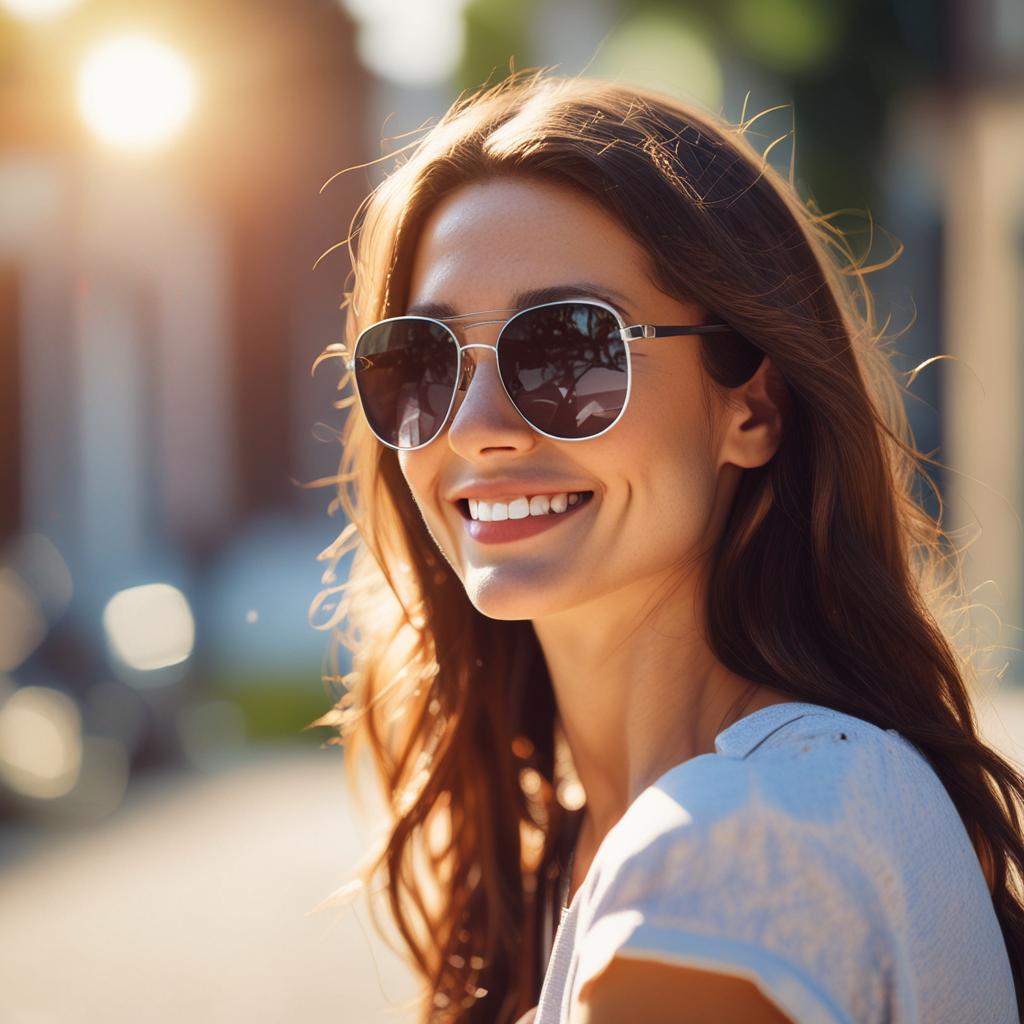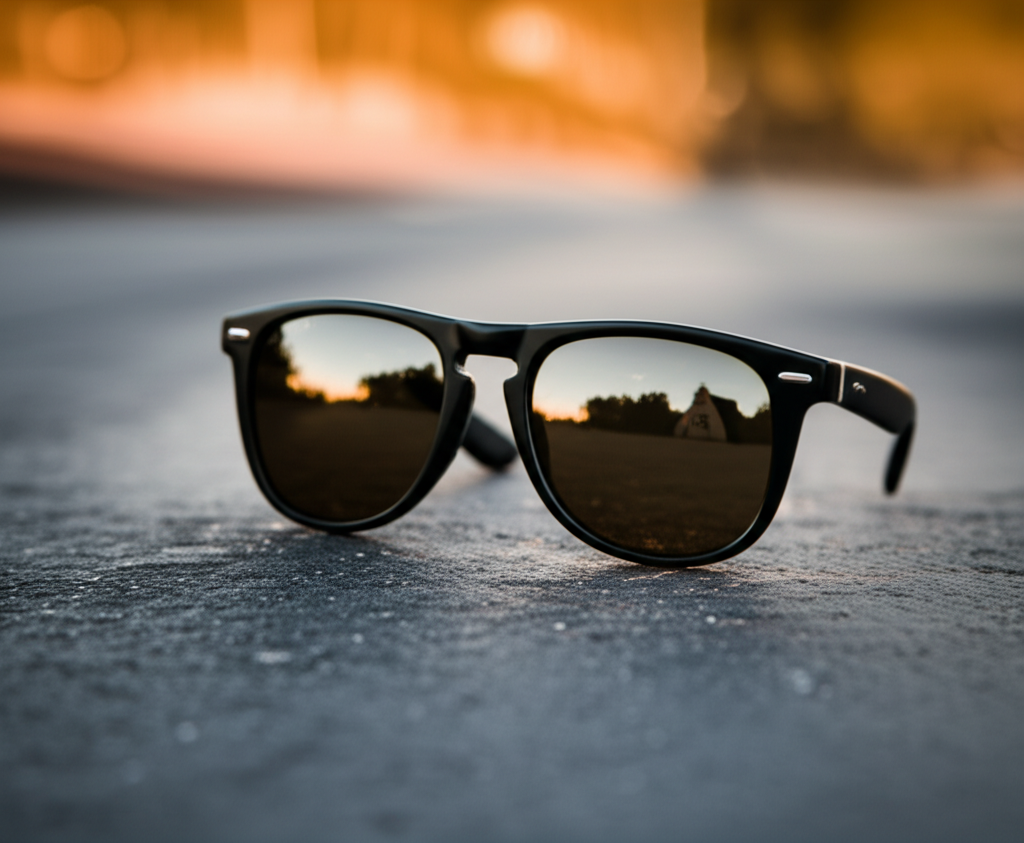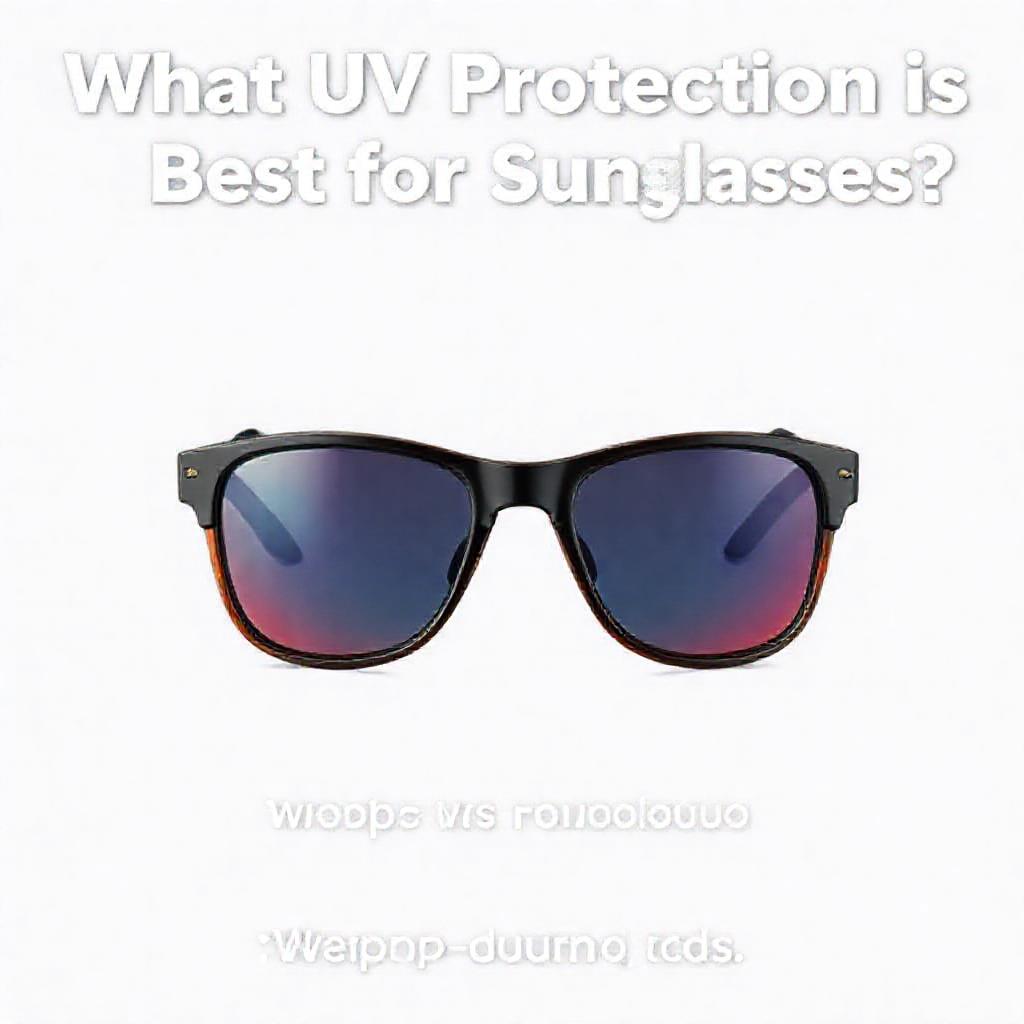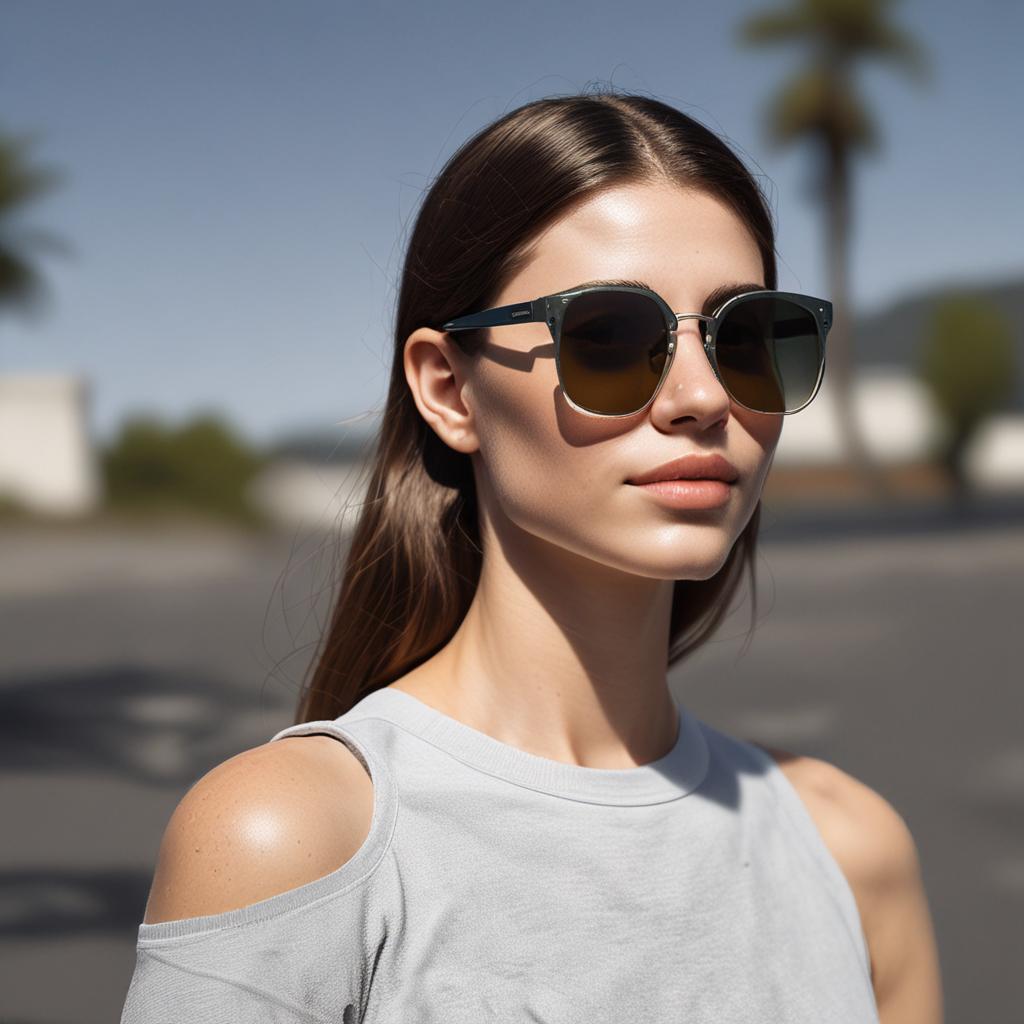What Uv Protection is Best for Sunglasses

Sunglasses aren’t just a fashion statement—they’re essential for protecting your eyes from harmful ultraviolet (UV) rays. Whether you’re lounging by the pool, driving on a sunny day, or hitting the slopes, the right pair of sunglasses can shield your eyes from short-term discomfort and long-term damage. However, with so many options on the market, choosing the best UV protection can be overwhelming. Do darker lenses mean better protection? Does polarization matter? And what exactly does “UV400” mean? This complete guide will break down everything you need to know to select sunglasses that offer the best UV protection for your needs.
Understanding UV Rays and Their Impact on Eyes
What Are UV Rays?
UV rays are invisible electromagnetic radiation from the sun, divided into three types: UVA, UVB, and UVC. UVC rays are the most dangerous but are mostly absorbed by the Earth’s atmosphere. UVA and UVB rays, however, penetrate the ozone layer and can cause significant eye damage. UVA rays penetrate deep into the eye, while UVB rays are primarily absorbed by the cornea. Both contribute to eye health risks if unprotected.
How UV Exposure Harms Eye Health
Short-term exposure to UV rays can lead to photokeratitis, a painful condition similar to a sunburn on the cornea. Long-term effects include cataracts, macular degeneration, and even eye cancer. Geographic location, time of day, and altitude all increase UV exposure risk, making proper eye protection non-negotiable for outdoor activities.
Key Factors in Choosing UV-Protective Sunglasses
UV Protection Standards (UV400, UV 100%)
UV400 means the lenses block 100% of UVA and UVB rays up to 400 nanometers—the entire UV spectrum that reaches the Earth. Always look for this certification or a label stating “100% UV protection” to ensure maximum defense against harmful rays.
Lens Material and UV Protection
The material of your sunglasses affects UV-blocking ability. Polycarbonate and Trivex lenses are lightweight and impact-resistant, making them ideal for sports. Glass offers superior optical clarity but is heavier. CR-39 plastic is affordable but less durable. Most materials can be treated with UV coatings, but quality varies by brand.
Lens Color and UV Protection
Lens tint does not determine UV protection, but it can enhance contrast and comfort. Gray, brown, and green lenses are popular for their natural color perception. Darker tints reduce brightness but don’t provide extra UV shielding. Always prioritize UV protection over tint.
Polarized vs. Non-Polarized Lenses
Comparison table for Polarized vs. Non-Polarized Lenses
Polarization reduces glare from reflective surfaces like water or roads, improving visual clarity. However, it doesn’t inherently boost UV protection. Polarized lenses are great for driving or water activities, while non-polarized options work well for general use.

Wrap-around vs. Standard Frames
Wrap-around frames provide better peripheral UV protection by covering more of your eyes from side angles. Standard frames may leave gaps, increasing exposure. For maximum coverage, opt for wraparound styles, especially during high-UV activities.

Best UV Protection Levels for Different Needs
For Everyday Wear
For daily use, choose sunglasses with UV400 protection and neutral tints like gray or green. Lightweight materials like polycarbonate ensure comfort, while wraparound designs offer added coverage.
For Sports & Outdoor Activities
Impact-resistant materials like polycarbonate or Trivex are ideal for sports. Polarized lenses reduce glare on water or snow, while wrap-around frames prevent peripheral UV exposure during high-speed activities.
For Driving
Anti-reflective coatings paired with polarized lenses minimize glare from headlights and roads. Ensure the lenses block 100% UV rays to protect your eyes during long drives.
For Children & Seniors
Children’s eyes are more sensitive to UV damage, so opt for durable, wraparound sunglasses with UV400 protection. Seniors should prioritize lenses that reduce glare and provide full UV shielding to prevent age-related conditions.
How to Verify UV Protection in Sunglasses
Labels and Certifications to Look For
Look for ANSI or ISO certifications on the lenses or tags. Avoid brands that claim “UV protection” without specifying the percentage. Misleading labels like “cosmetic-only” sunglasses offer no real defense.
DIY Tests to Check UV Protection
Use a UV flashlight to test sunglasses by holding them between the light and a surface. If UV-blocking, the surface should show no glow when viewed through the lenses. However, this method isn’t foolproof—always rely on certified labels.

Top Brands & Models with Excellent UV Protection
Reputable brands like Oakley, Ray-Ban, and Maui Jim offer high-quality UV protection. Budget-friendly options from brands like Costa Del Mar and Polaroid also provide strong UV shielding without breaking the bank.
Conclusion
Choosing sunglasses with the best UV protection is crucial for maintaining eye health. Prioritize lenses labeled UV400 or 100% UV protection, and consider your specific needs—whether for sports, driving, or daily wear. Don’t compromise on quality, as affordable options with proper certifications can be just as effective as high-end brands. Protect your eyes today for a clearer, healthier tomorrow.
FAQ Section
Q1: Do darker sunglasses provide better UV protection than lighter ones?
No. Tint darkness has no correlation with UV protection. Always check for UV400 or 100% UV protection labels, regardless of lens color.
Q2: Can cheap sunglasses offer the same UV protection as expensive ones?
Yes, if they meet UV protection standards. Look for certifications like ANSI or ISO rather than relying on price alone.
Q3: Is UV protection different for prescription sunglasses?
No. Prescription lenses can still be treated for 100% UV protection. Ensure your optician confirms the UV-blocking capability.
Q4: Do I need UV protection on cloudy days?
Absolutely. Up to 80% of UV rays penetrate clouds, so wear sunglasses even on overcast days.
Q5: How often should I replace my UV-protective sunglasses?
Replace them if lenses become scratched or damaged, as this can reduce UV protection. Generally, every 1-2 years is a good rule of thumb.
